The critically endangered Arabian leopard once roamed throughout the Arabian Peninsula. Now it inhabits Oman and Yemen. It is the smallest leopard subspecies.
Scientific name: Panthera pardus nimr
Conservation status: Critically Endangered
Interesting Arabian Leopard Facts
- The Arabian leopard is the rarest leopard subspecies in the world — fewer than 200 remain in the wild.
- It lives in harsh, dry mountain regions across the Arabian Peninsula.
- It is smaller than other leopards, adapted to extreme desert conditions.
- Mostly nocturnal and very elusive.
- Often preys on mountain goats, gazelles, and smaller mammals.
- Critically endangered due to habitat loss, hunting, and prey depletion.
- Known to travel long distances to find food and mates.
- Part of breeding and rewilding programs in Oman, Saudi Arabia, and the UAE.
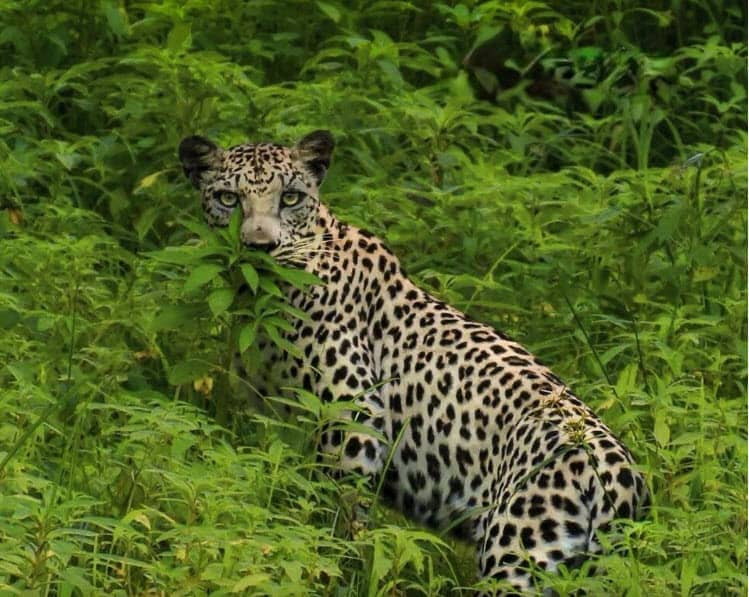
An Arabian Leopard in Oman – Image by: Hazim657, CC BY-SA 4.0 Creative Commons
Origins
The Arabian leopard is the smallest of all the leopard subspecies. It likely diverged from African and Asian leopards thousands of years ago and has perfectly evolved to survive in the rugged mountain ranges of the Arabian Peninsula.
Physical Characteristics
The leopard’s coat can range from light yellow to golden brown and is characterized by black, rose-like markings (rosettes). Males can be up to 80 inches in length, including a tail that can be almost 3 feet long. They typically weigh between 60 and 70 lbs.
- Size: Males weigh around 60–66 pounds (27–30 kg); females are smaller.
- Length: Approximately 4.5 to 6 feet, including the tail.
- Coat: Pale yellow or grayish with black rosettes for camouflage in rocky terrain.
- Build: Slender body, long tail, and strong limbs, making it an excellent climber and jumper.
- Adaptations: Lighter coloration and smaller size help with heat regulation and stealth in arid environments.
Location and Habitat
The Arabian leopard once roamed widely across Saudi Arabia, Oman, Yemen, the UAE, and Jordan, but now survives in small, isolated populations.
Current strongholds include:
- The Dhofar Mountains of Oman
- The Sarawat and Hijaz Mountains in Saudi Arabia
These leopards inhabit steep, rocky, mountainous terrain with sparse vegetation. While the remote landscape offers safety from human activity, it also makes conservation work more difficult.
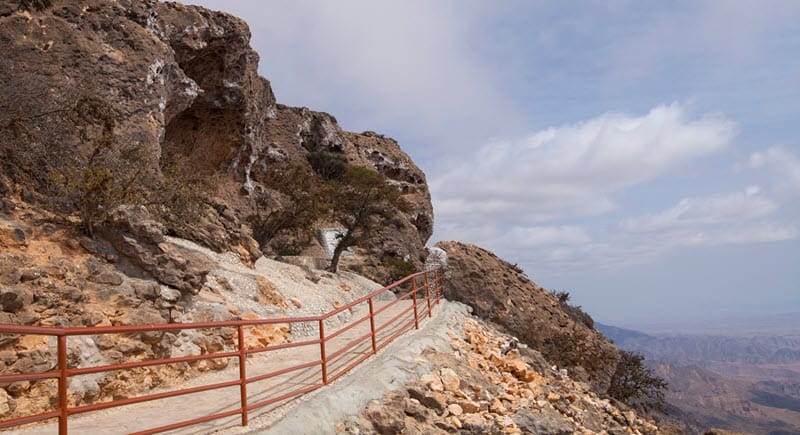
Dhofar Mountains in Oman
Behavior
Hunting and Diet
Arabian leopards are solitary hunters, mostly active at night. Their diet depends on availability and typically includes:
- Nubian ibex (wild goats)
- Mountain gazelles
- Hares, birds, porcupines, and sometimes insects
They are opportunistic predators and may occasionally target livestock, which can lead to conflict with humans.
Mating and Reproduction
- Mating can occur year-round, often peaking in cooler months.
- Gestation lasts about 100 days.
- A typical litter consists of one or two cubs.
- Cubs remain with the mother for up to two years to learn survival skills.
- Many cubs do not survive to adulthood due to natural threats.
Communication
Arabian leopards communicate through:
- Scent marking (urine, claw marks)
- Vocalizations (growls, roars, and cough-like sounds)
- Body language (such as tail movement or posturing)
As elusive animals, they rely heavily on scent and indirect signs to communicate, often to mark territory or avoid confrontation
Conservation Status and Efforts
- IUCN Status: Critically Endangered
- Fewer than 200 individuals remain in the wild, with a small number in captivity.
Major threats include:
- Habitat destruction from development
- Poaching for skins or in retaliation for livestock attacks
- Decline in prey species due to overhunting
Conservation initiatives:
- Protected reserves, such as Oman’s Jabal Samhan Nature Reserve
- Captive breeding and rewilding programs in Saudi Arabia, the UAE, and Oman
- Public education and community engagement
- Anti-poaching efforts and increased enforcement
Arabian Leopards in Culture
Although not worshipped like big cats in some other cultures, the Arabian leopard has been a strong presence in tribal symbolism, art, and folklore throughout the Arabian Peninsula.
Ancient rock carvings and petroglyphs in Saudi Arabia and Yemen depict leopard-like figures, suggesting the species’ long-standing presence and possible spiritual or ritual significance.
These images date back thousands of years and are typically found in mountainous regions where leopards once roamed freely.
In many parts of the Arabian Peninsula, the leopard has historically been a symbol of strength, courage, and independence. Tribal warriors, especially in Oman and Yemen, sometimes adopted the leopard as a totem animal, representing stealth and power.
Folklore and Oral Traditions
Traditional stories passed down in southern Oman and western Yemen often feature the leopard as a clever and formidable animal. — sometimes feared, sometimes respected.
In some tales, leopards are depicted as mountain guardians, capable of outwitting hunters or defending sacred places.
There are also stories of leopards being killed in revenge for livestock losses, reflecting the tension between rural communities and predators.
National and Regional Symbolism
The Arabian leopard has become a modern conservation icon, particularly in Oman and Saudi Arabia:
-
- Oman: The Arabian leopard is a national symbol of biodiversity. The country established the Jabal Samhan Nature Reserve largely to protect leopard habitat.
- Saudi Arabia: The leopard is used as an emblem for wildlife conservation initiatives and Saudi Vision 2030, which includes goals for protecting native species.
Research Quotes
“The rapid decline in Arabian leopard populations has been abetted by weak legislative efforts and poor law enforcement practices across the countries of the Arabian Peninsula.” – Saving the Arabian Leopard: Improving the Gulf States Environmental Policies
New study “..extends the Arabian leopard’s known range in Oman by 40 km northwards.” – The Arabian leopard has returned to the ‘wadis’ of the Nejd in Oman’s Dhofar: Study – Feb 2025
Video: The Arabian leopard by Steve Backshall

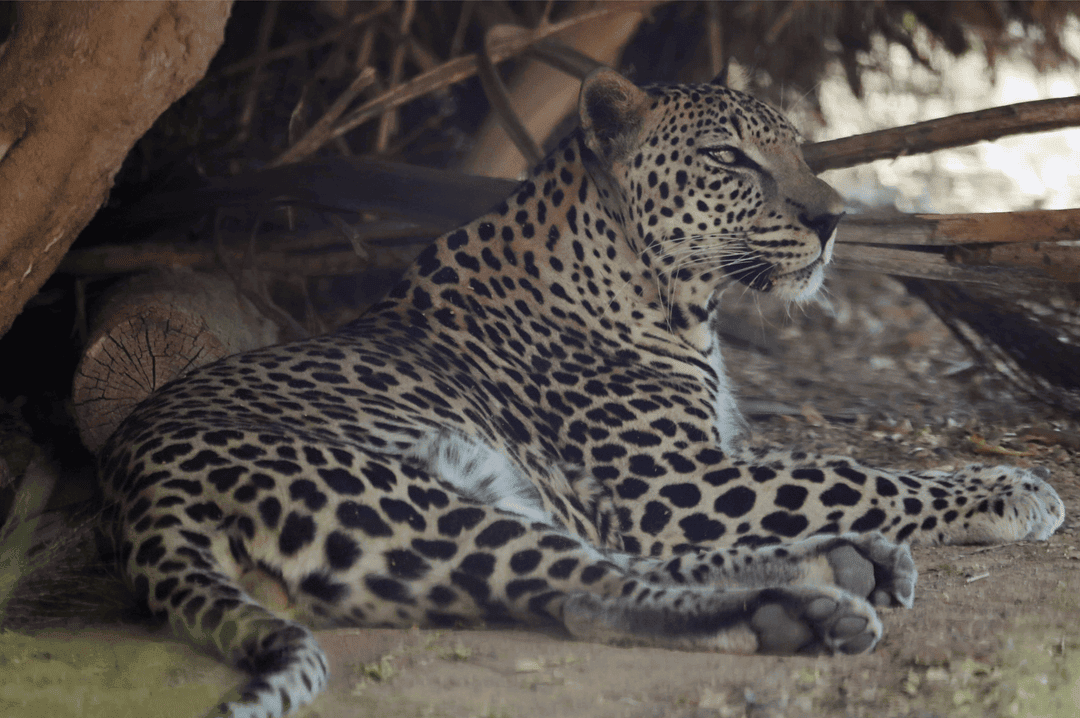


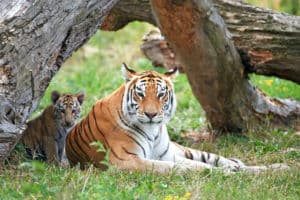
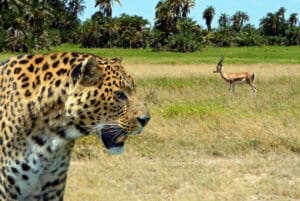




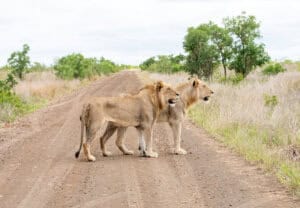
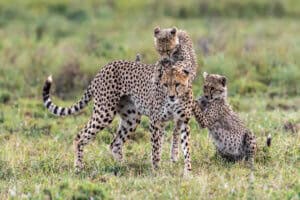


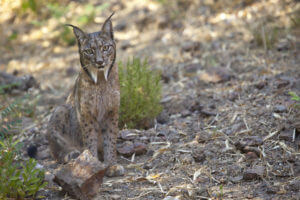




0 Comments